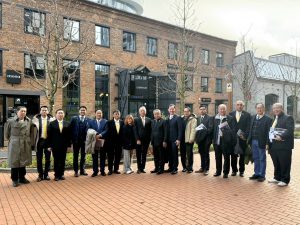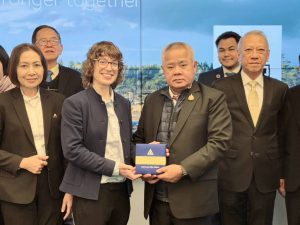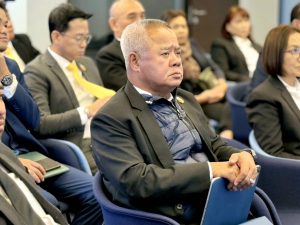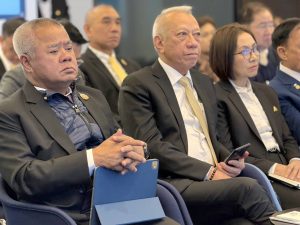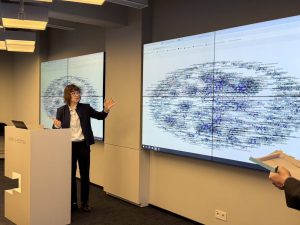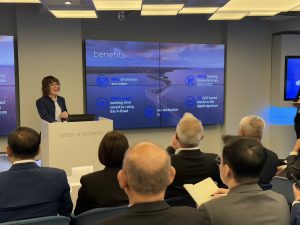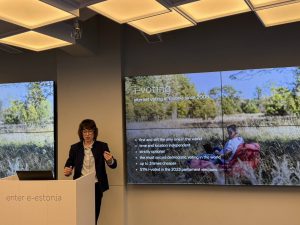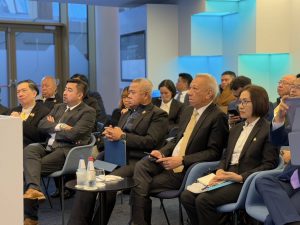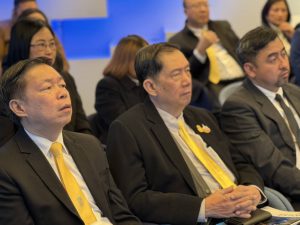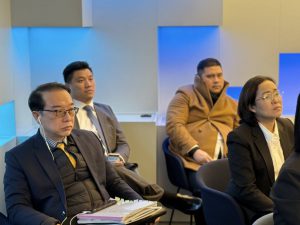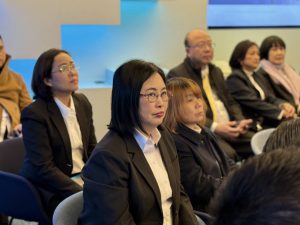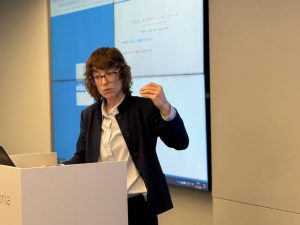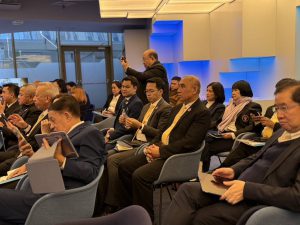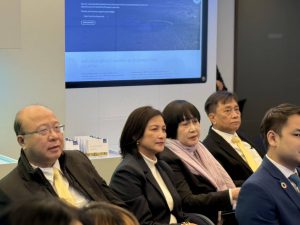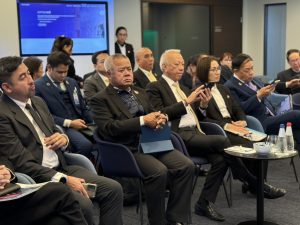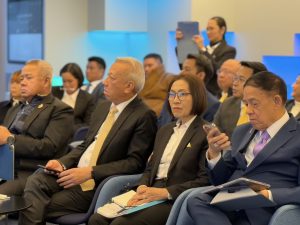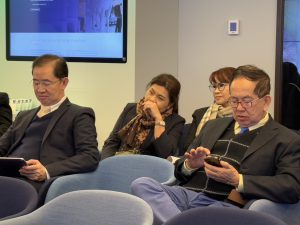On November 21, 2024, Mr. Phiphat Ratchakitprakarn, Minister of Labor, along with Mr. Boonsong Tapchaiyut, Permanent Secretary of the Ministry of Labor; Ms. Marasri Jairangsee, Secretary-General of the Social Security Office; the Social Security Board (14th group); advisors; and relevant executives and officials from the Ministry of Labor and the Social Security Office, held discussions with executives of the e-Estonian Briefing Centre in Tallinn, Estonia. The discussions focused on modern data integration in labor, digital innovation, and the study of e-voting systems to improve accessibility for citizens.
Mr. Phiphat stated that the presentation highlighted Estonia’s advancements and reforms in its digital systems, particularly its ability to manage extensive data networks (X-Road), linking over 100,000 databases and enabling seamless data exchange. Estonia’s use of electronic cards and initiatives to increase birth rates and address labor shortages through universal employment on online platforms were also emphasized. Currently, the system has consolidated employment information for approximately 32,500 companies. Estonia’s citizen-centered digital service management and cross-sectoral data integration were presented as a model of innovation. These insights could significantly benefit the Ministry of Labor and the Social Security Office by expanding perspectives on leveraging digital technology to provide efficient services to the public. Organizational development through innovation not only enhances service delivery but also prepares agencies to become data-driven organizations capable of effectively addressing public needs in the digital era.
“The e-Estonian Briefing Centre has implemented an e-voting system, allowing citizens to vote online alongside on-site voting. In 2023, a survey revealed that online voting surpassed traditional voting, with a ratio of 51:49. I am interested in adopting this system for the election of Social Security Board members in the future to facilitate greater participation among employers and insured employees,” Mr. Phiphat concluded.



